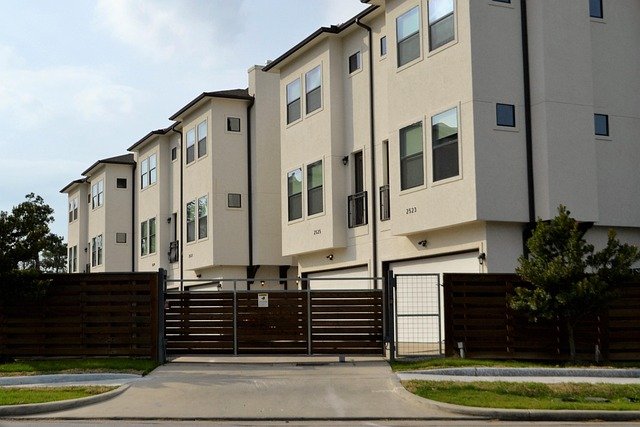Flipping the Script: The Reality of Real Estate Flipping in Today's Market
Real estate flipping—buying properties to renovate and sell for a profit—has been a popular investment strategy for decades. But are these opportunities still lucrative in today's dynamic real estate landscape? Let's delve into the reality of flipping houses in our current market, touching on historical trends, current challenges, and the potential future of this strategy.

A Brief History of House Flipping
The concept of house flipping has been around for as long as the real estate market itself. However, it gained considerable traction in the 1980s and 1990s when deregulation of financial institutions made it easier for individuals to secure loans and mortgages. This trend exploded in popularity in the early 2000s, culminating in the housing market crash of 2008. In the aftermath, savvy investors capitalized on low property prices to flip houses, reigniting interest in this strategy.
House Flipping in the Current Market
Fast forward to today, and the market looks different. Real estate prices are at an all-time high, and property inventory is low. This situation has created a highly competitive environment for house flippers. Investors now face higher acquisition costs and longer holding periods, which can eat into potential profits.
Advantages and Challenges of House Flipping
Despite these challenges, house flipping can still offer significant returns if executed correctly. The key advantages include the potential for high profit margins and the ability to create your own schedule as an investor.
However, there are also considerable risks. Renovation costs can quickly surpass initial estimates, and selling the property can take longer than anticipated. Additionally, house flippers must carefully navigate fluctuating market conditions and be prepared to adapt their strategies accordingly.
The Potential Impact on Buyers and Sellers
House flipping can have diverse effects on the real estate market. On one hand, it can contribute to neighborhood gentrification, driving up home prices and potentially pushing out long-term residents. On the flip side, house flipping can breathe new life into neglected properties and transform rundown neighborhoods, benefiting both buyers and the broader community.
The Future of House Flipping
Looking ahead, the future of house flipping is uncertain. Market conditions, economic indicators, and housing supply will continue to influence the viability of this strategy. However, for those willing to navigate these challenges, house flipping can remain a profitable real estate investment approach.
To conclude, while house flipping presents both unique opportunities and significant risks, it remains an intriguing part of the real estate market. By understanding its history, current trends, and potential future, investors can make more informed decisions about whether this strategy is right for them.





